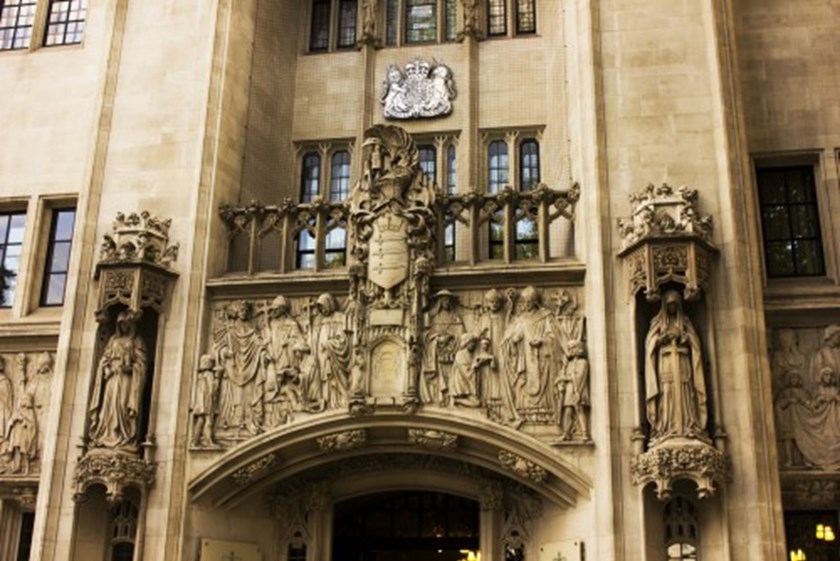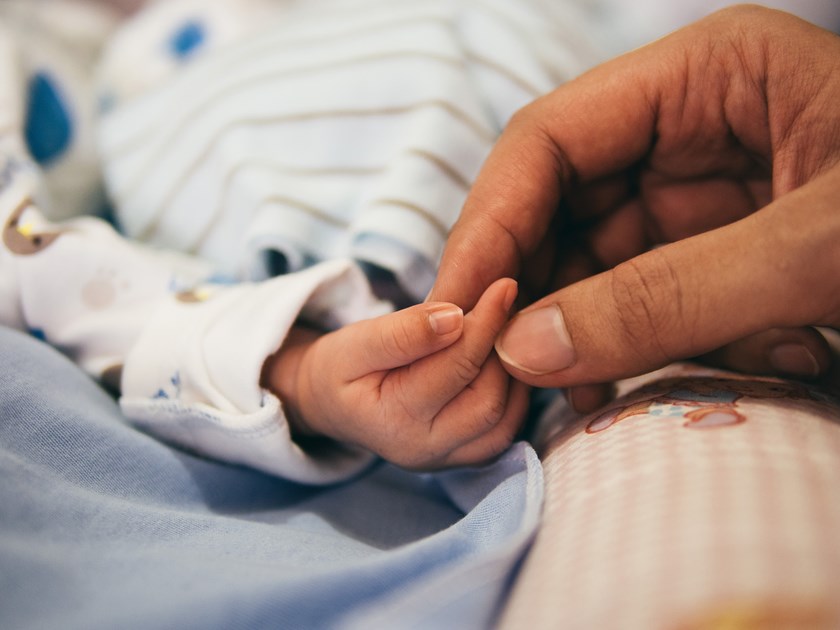The Child Safeguarding Practice Review Panel’s report on race, racism and safeguarding children
Insight

In March 2025, the Child Safeguarding Practice Review Panel, an independent panel which commissions reviews of serious child safeguarding cases, published its latest report, "It’s Silent”: Race, racism and safeguarding children. The purpose of the report is to consider the extent to which race, ethnicity and culture informs safeguarding practice and responses to children, and to provoke professional conversations about the silences surrounding race and racism in safeguarding practices.
The report is based on the analysis of 54 sample reviews which took place between January 2022 and March 2024, which relate to 53 children from Black, Asian and Mixed Heritage backgrounds.
The report focuses primarily on safeguarding reviews – such as serious case reviews, rapid reviews and local child safeguarding practice reviews. However, its findings and recommendations can be applied more broadly to a wide range of safeguarding practices and systems, helping to ensure that all children’s voices and experiences are heard and appropriately considered across different contexts.
Findings
The report found that, despite some progress over time, race continues to be largely overlooked in reviews concerning child deaths and significant harm. These issues are rarely examined in depth, with safeguarding reviews often addressing race, ethnicity, and culture in a limited and superficial manner. As a result, concerns related to race, racism, and ethnicity remain marginalised, understated, underexplored and insufficiently considered.
In particular, the report found:
- The role of faith and religion: while there is a positive trend towards increased reporting of ethnicity within reviews, other important aspects of children’s identities, such as faith, were often missing as they were not deemed important. For example, one review highlighted a potential conflict between the child’s gender identity and their religious identity; however, the review missed significant opportunities to fully consider the impact of this for the child.
- Intersectionality: there was a lack of acknowledgement for different parts of a child’s identity, for example their ethnicity, gender, socio-economic background, mental health status and/or religious identity. The report emphasises the need for intersectional approaches to better address the safeguarding needs of Black, Asian, and Mixed Heritage children.
- Children’s voices and experiences: it is crucial to listen to the child’s voice, or, where that is not possible, to fully understand the experiences of children from Black, Asian, and Mixed Heritage backgrounds. Failing to do so risks overlooking their unique individuality and the significance of their lived experience. This includes ensuring that any language barriers are recognised and addressed appropriately.
- Community: understanding a child’s wider community can help make sense of children’s day-to-day lives. For example, considering the impact of children and families from Black, Asian and Mixed Heritage backgrounds growing up and accessing services in predominantly white communities. A small number of reviews attributed this to the potential for children and their families to experience racism and discrimination.
- Understanding of vulnerabilities and risks of harm: the understanding of vulnerabilities and risks to children was incomplete, which is particularly concerning considering research evidence that shows that children from Black, Asian and Mixed Heritages often possess a higher number of vulnerability factors (for example, experience of bullying, inadequate provision of food and internet access) than white children.
- Silence on race and racism: the analysis identified a notable silence in practice discourses about race, culture, racism, and bias. This silence manifests in various ways, resulting in children being seen as responsible for decision-making and older than their biological age (“adultification bias”), obstructing the recognition of vulnerabilities and risks. For further information on adultification bias, see our Q&A with Jahnine Davis, the lead author of the report.
- Invisibility: the report highlights the phenomenon of “invisibilisation”, where the race and ethnicity of children are not recognised or appropriately explored by practitioners. This can result in practitioners not fully understanding the lived experiences of children, rendering their vulnerabilities invisible.
Recommendations and practical tips
The report calls for safeguarding leaders and practitioners to develop their capacity to understand and use intersectional approaches. It highlights the importance of creating environments where critical discussions about race, racism, and bias are welcomed and normalised.
The report identifies reflective questions all practitioners and safeguarding leaders can ask themselves to support better and more effective learning, as set out below:
- As a practitioner, how can you feel empowered to have conversations with children and families about race and identity, particularly when you are working with individuals from different cultural and ethnic backgrounds to your own? As a safeguarding partnership, how can you create the conditions that empower practitioners to do this effectively?
- As a practitioner, how confident are you that, when engaging with children, you consider all aspects of their identity and how these may intersect to influence risk and vulnerability? If you don’t feel confident, why might this be the case? How can you instil confidence and skill in practitioners to do this effectively?
- As a practitioner, do you feel confident that you understand the impact of race, culture and ethnicity on children and families, and on their experiences? If you don’t, what may explain a lack of confidence in this area? How do you explore this with children and families and create opportunities and spaces for them to discuss its impact?
- How do you ensure you are self-reflective about your own biases when working with children and families from diverse cultural and ethnic backgrounds? How is this supported on an individual level, and within teams? How do you reassure yourselves that your teams are providing reflective spaces for practitioners to explore these issues?
- How can you be supported to effectively respond to the diverse communication needs for children and families, particularly when considering national issues concerning the availability and accessibility of interpreters and interpretation services? How are you responding to these national issues and building capacity to effectively communicate with children and families?
- Are you reassured that appropriate internal structures are in place to support practitioners to recognise, discuss and challenge internal and institutional racism? How confident would you feel, as an individual, to name and challenge racism?
Conclusion
The report underscores the pressing need to address the silences surrounding race, racism, and cultural considerations in safeguarding practices. It highlights how children from Black, Asian and Mixed Heritage backgrounds are often inadequately understood, with their unique vulnerabilities and lived experiences frequently overlooked. The findings call for a more intersectional approach to safeguarding, one that recognises the full complexity of a child's identity and the impact of systemic racism. To improve safeguarding outcomes, it is essential for professionals and partnerships to engage in open, reflective discussions about race and bias, and to ensure that children's voices are heard and their experiences understood. By incorporating these recommendations, safeguarding practices can become more inclusive and responsive, ultimately ensuring that all children, regardless of their background, receive the protection they deserve.
Shehnal leads, and Annisa is a member of the Race Equality Taskforce within Farrer & Co’s Safeguarding Unit.
This publication is a general summary of the law. It should not replace legal advice tailored to your specific circumstances.
© Farrer & Co LLP, April 2025






